
Dogs, in their natural state, are pack animals. We tend to think
of them simply as autonomous pups and don’t often consider their
immutable core nature as pack animals, however. This failure to
take into account the true nature of dogs can make training more
difficult. Likewise, understanding what it means to be a pack
animal can unlock one of trainings greatest secrets.
Dogs, in packs, have leaders. The leadership role in dog packs
is one of great influence. Other dogs in the pack naturally
subordinate themselves to leadership and will look to their
leader for guidance and instruction.
Of course, domesticated dogs don’t travel in packs. Instead,
they build a pack based on those with whom they regularly
interact. In essence, the owner and the owners family members or
close friends become the dogs pack.
This creates a wonderful opportunity for dog trainers. By
casting yourself as the leader of your dogs pack, the dog will
naturally tend to follow your lead, will naturally feel inclined
to respect you and will demonstrate an instinctive need to learn
from you. Since a dogs real social structure will always be seen
through the innate canine perspective of packs and leaders, it
only makes sense for trainers to take advantage of this by
assigning roles for both pet and master that will make dog
training especially effective.
There are several things a trainer can do to emulate being a
pack leader. These techniques will allow your dog to find what
he will rightfully feel is his place in your familys social
order and will make him substantially more amenable to your
training. Some may say it is as easy as as making sure the dog
knows who is the boss, but that is an oversimplification. Being
bossy is not the same as being a leader. Simply trying to
enforce your will on a dog does not necessarily communicate to
him that you are truly the pack leader. The talented trainer
will understand this and will take specific actions to emulate a
pack leader.
Some expert-recommended techniques include:
Consistency
Good leaders are consistent enforcers of rules and regulations.
Leaders who too often look the other way are not taken
seriously. A dog will notice whether your rules and expectations
are consistently maintained and may even test your mettle upon
occasion, pushing the boundaries of established behavioral norms
to determine who is really in charge. By being a wholly
consistent leader, you are likely to establish yourself as being
the head of your pack and your dog will then be much more apt to
follow your lead.
Respect
Leaders are respected not just as an arbitrary outgrowth of
their assigned position but because of how they behave in that
role. A firm, but fair leader is far more likely to be admired
and followed. One must be firm with their dog when training, but
cannot hold unreasonable expectations or enforce their rules
with violence or punishment. A good pack leader can still use
the positive-reinforcement techniques that have been proven the
core of successful training. Being a respectful leader will
create a respectful follower in your dog. Their submission to
you should be premised in respect and appreciation, not in fear
or humiliation.
Interaction
The successful pack leader will interact with his dog in ways
that reinforce the notion of the social hierarchy. Dogs, for
instance, look for cues from leadership in the eyes. By
maintaining eye contact with your pet during training, he will
better understand your role as leader. Likewise, it is desirable
to occasionally demand your dogs attention while walking,
playing or during more intense training sessions. By commanding
your dog to heel and to look at you, for instance, you will
further reinforce your position as pack leader.
Unlocking the power of being a pack leader can make training
much more effective. With roles clearly established, one can
avoid much of the struggle others may experience while training
their pets. Additionally, by assigning yourself the role of pack
leader you create an environment in which your dog will
naturally look to you for its guidance. Pack leadership is an
essential component to any fully optimized training program.
 How To Care For Bantam Ducks During The Winter Months
How To Care For Bantam Ducks During The Winter Months
 How To Select A Responsible Cat Breeder
How To Select A Responsible Cat Breeder
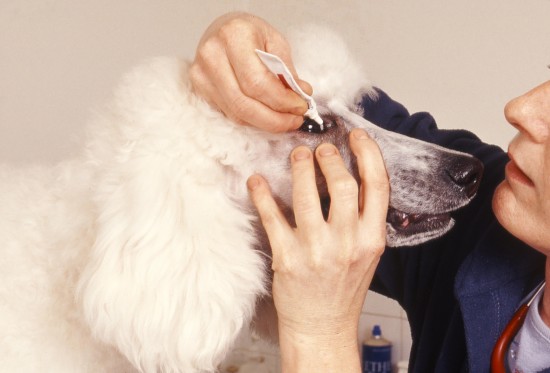 Over-the-counter People Ointments & Treatments You Can Use On Dogs
Over-the-counter People Ointments & Treatments You Can Use On Dogs
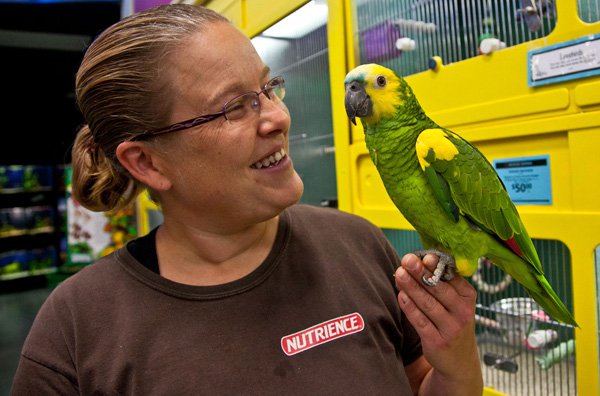 Magnificent Horse fences that elevates ones mount from wall harm
Magnificent Horse fences that elevates ones mount from wall harm
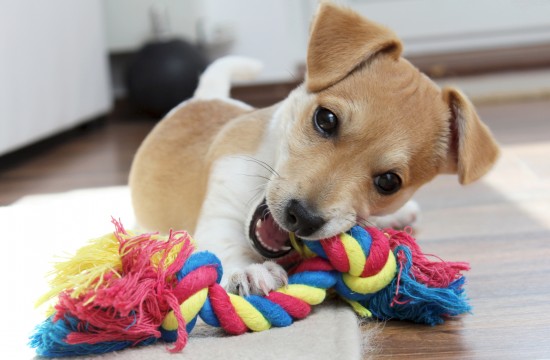 Dealing With A Puppy That Destroys All Of Their Toys
Dealing With A Puppy That Destroys All Of Their Toys
 Flea Treatment For Your Cat
Flea Treatment For Your Cat
 Considerations To Bear In Mind If You Have A Cat And A Baby
Considerations To
Considerations To Bear In Mind If You Have A Cat And A Baby
Considerations To
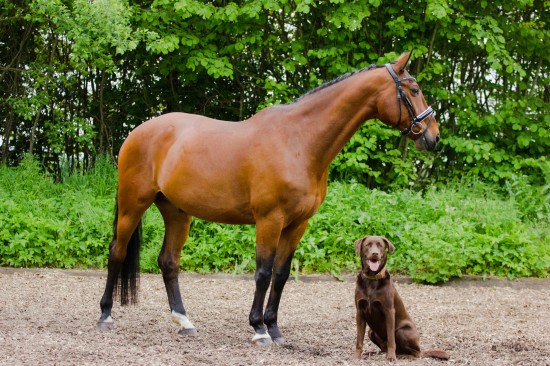 How To Keep Dogs Safe Around Horses When Out On A Walk
How To Keep Dogs
How To Keep Dogs Safe Around Horses When Out On A Walk
How To Keep Dogs
 7 Reasons Why Rabbits Are Eco-friendly Family Pets
7 Reasons Why Rab
7 Reasons Why Rabbits Are Eco-friendly Family Pets
7 Reasons Why Rab
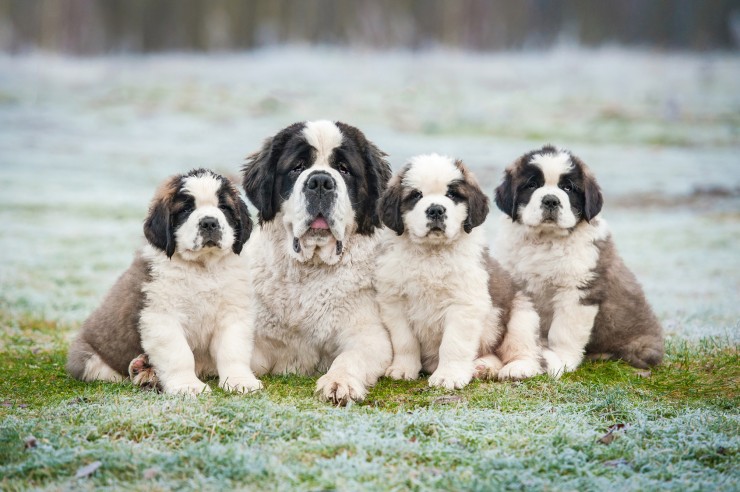 Defra Consultation On Tougher Licence Controls For The Breeders And Sellers Of Puppies
Defra Consultatio
Defra Consultation On Tougher Licence Controls For The Breeders And Sellers Of Puppies
Defra Consultatio
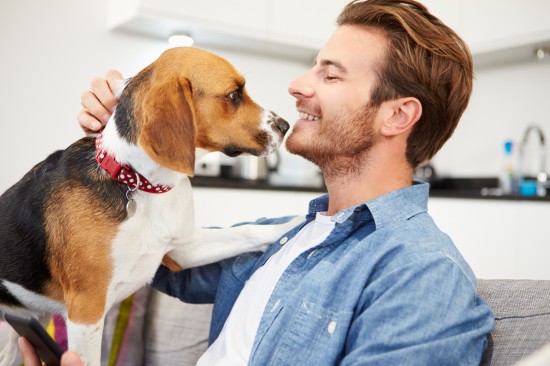 How To Find The Perfect Pet Sitter
How To Find The P
How To Find The Perfect Pet Sitter
How To Find The P
Copyright © 2005-2016 Pet Information All Rights Reserved
Contact us: www162date@outlook.com